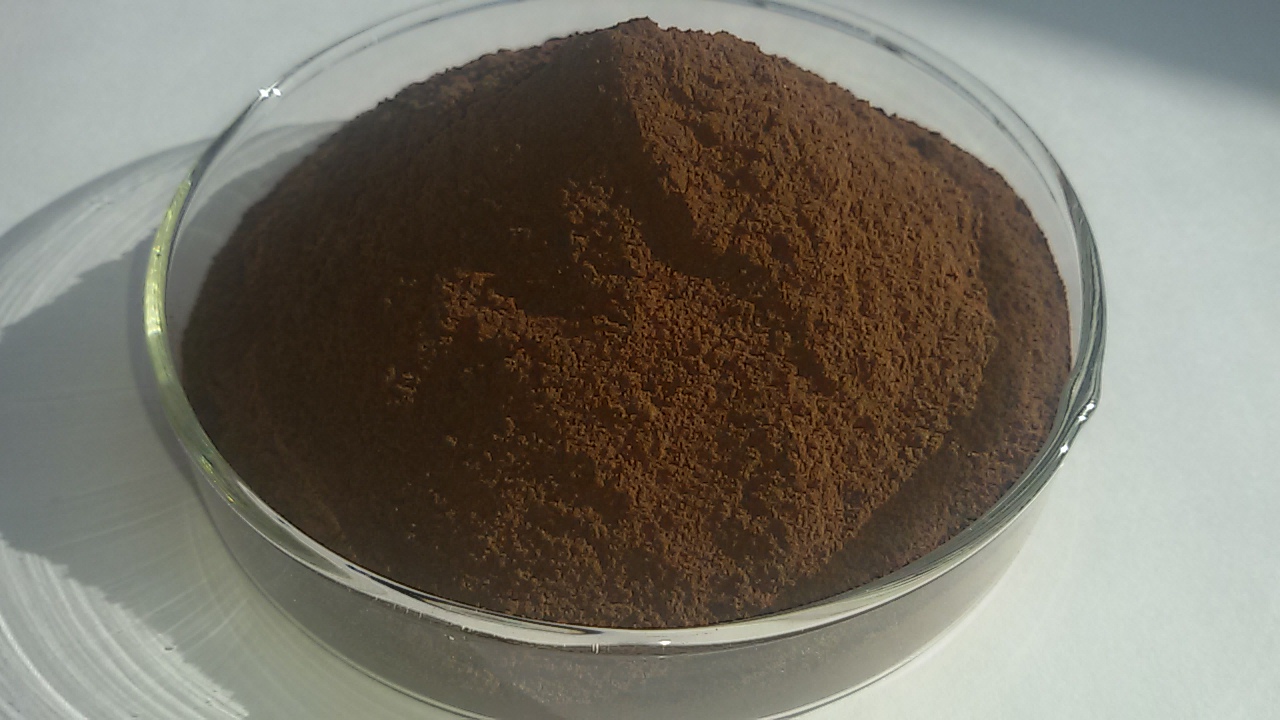Post Date:24,Apr,2023
Sodium lignosulfonate is a natural polymer. It is a by-product of pulp production, which is a polymer of 4-hydroxy-3-methoxybenzene. It has strong dispersibility. Due to different molecular weights and functional groups, it has different degrees of dispersibility. It is a surface active substance that can be adsorbed on the surface of various solid particles and can conduct metal ion exchange. It also has various active groups in its structure, so it can produce condensation or hydrogen bonding with other compounds.
Due to its special structure, sodium lignosulfonate has surface physicochemical properties such as dispersion, emulsification, solubilization and adsorption. Its modified products are used as mineral nutrient surfactant, and the production process has been mature.

Application principle of sodium lignosulfonate:
The number of carbon chains varies greatly according to the different materials extracted from lignin. Some are suitable for fertilizer production and some are suitable for pesticide additives. It contains a variety of active functions, dispersibility and chelation, which are easy to combine with metal elements to form chelate state, improve the physical and chemical properties of metal nutrient elements, save costs and improve efficiency. The adsorption and slow-release properties of lignin can better maintain the effectiveness of chemical fertilizer and make it release slowly. It is a good slow-release material for organic compound fertilizer. Lignin is a kind of polycyclic macromolecular organic compound containing many negative groups, which has strong affinity for high-valent metal ions in soil.
Sodium lignosulfonate can also be used for pesticide processing. Lignin has a large specific surface area and contains a variety of active groups, which can be used as pesticide slow-release agent.
There are differences in structure between lignin in plants and lignin after separation. The newly generated cell wall of plant cell division is thin and rich in acidic polysaccharides such as pectin, which gradually generates cellulose and hemicellulose. The cells differentiate into various unique xylem cells (wood fibers, tracheids and vessels, etc.). When the S1 layer of secondary wall is formed, lignin begins to form from the corners of the primary wall. This phenomenon is generally called lignification. With the maturity of plant tissue, lignification develops towards the intercellular layer, primary wall and secondary wall. Lignin is gradually deposited in and between the cell walls, binding cells and cells together. During the lignification of plant cell walls, lignin penetrates into the cell walls, increasing the hardness of the cell walls, promoting the formation of mechanical tissues, and enhancing the mechanical strength and load-bearing capacity of plant cells and tissues; Lignin makes the cell wall hydrophobic and makes the plant cells impermeable, providing a reliable guarantee for the long-distance transportation of water, minerals and organic substances in the plant body; The infiltration of lignin into the cell wall also objectively forms a physical barrier, effectively preventing the invasion of various plant pathogens; It prevents the conduction molecules in the xylem from seeping out water, and at the same time enables the terrestrial plants to survive in a relatively dry environment, which enhances the plant’s disease resistance. Lignin plays a role in binding cellulose, hemicellulose and inorganic salts (mainly silicate) in plants.
Factors affecting lignin decomposition include soil pH, moisture and climatic conditions. Other factors, such as the availability of nitrogen and soil mineralogy, also have an impact. The adsorption of Fe and Al oxides on lignin can reduce the decomposition of lignin.
Post time: Apr-24-2023

